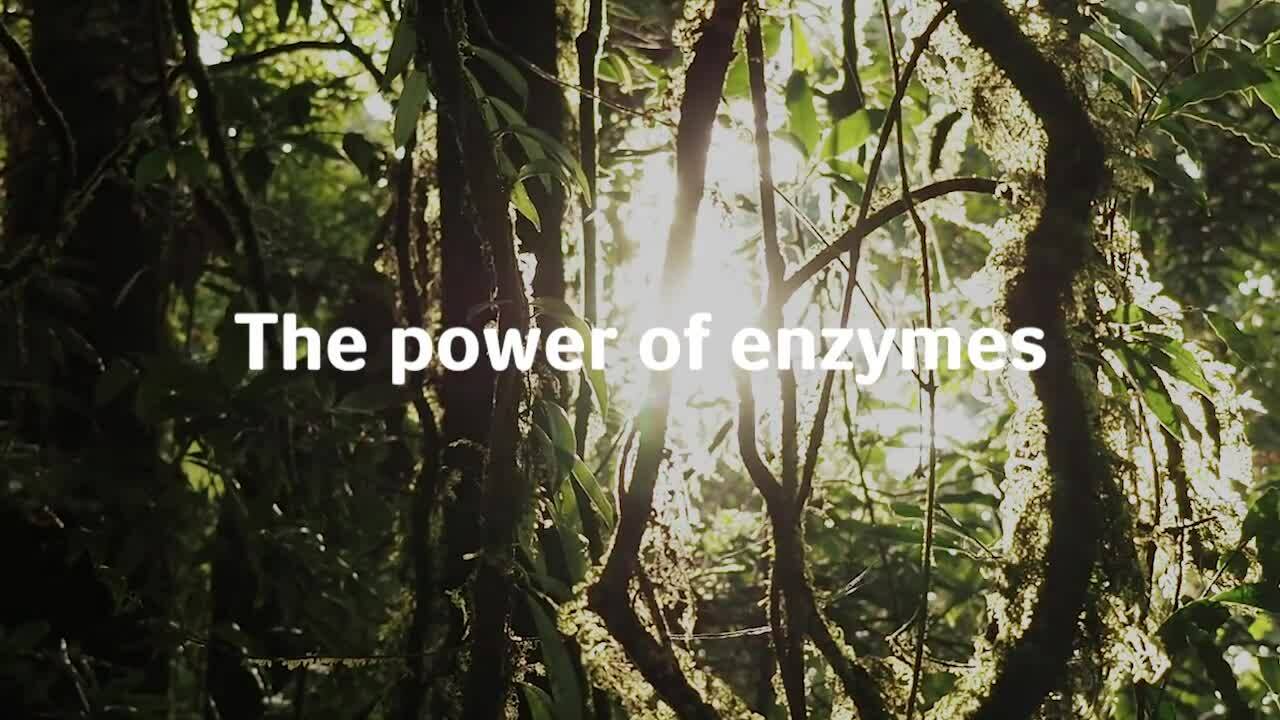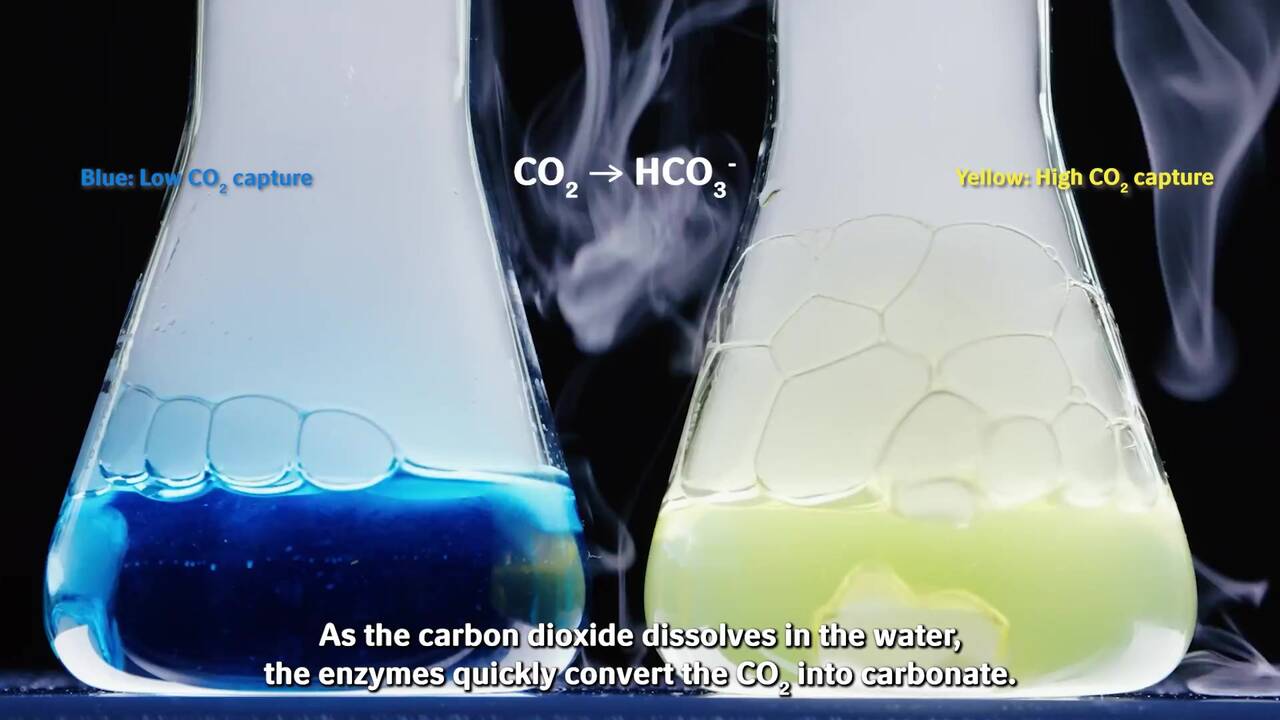How do enzymes work
An enzyme is a large molecule but only a small part of the molecule is involved in catalysis. This part is called the active site.
Each enzyme has a specific function; to break down a specific substance. This is called the enzyme’s substrate. At the active site, the enzyme and substrate fit together like a key in a lock. This targeted action makes enzymes highly efficient, and their results highly predictable. The enzyme itself remains unchanged by the reaction, so it can keep catalyzing further reactions.









